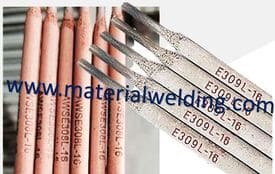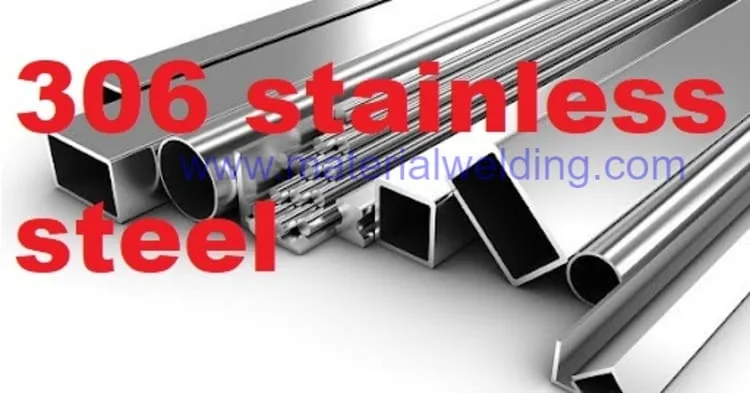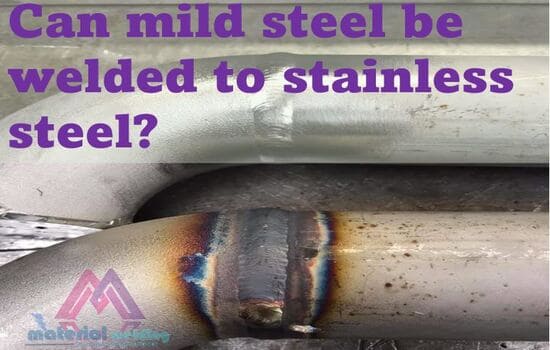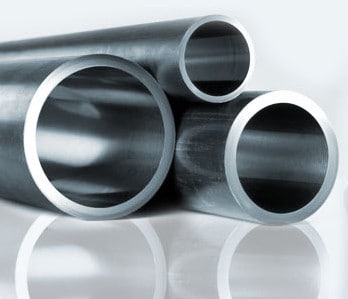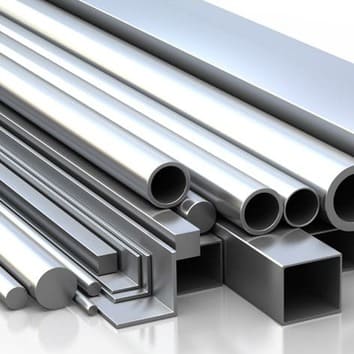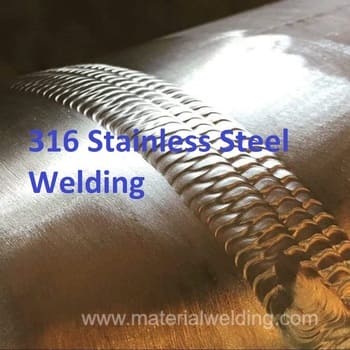There are more than 150 types of stainless steel, each with their own characteristics and uses. This article covers the 303 versus 304 stainless steels, their properties, differences and uses.
303 vs 304 Stainless Steel
304 (1.4301) stainless steel is the most popular grade on the market today. Its composition includes 18% chromium and 8% nickel, making it highly resistant to corrosion while maintaining its strength and durability.
303 grade stainless steel has very good machinability due to higher carbon content compared to 304 type. 303 stainless steel is mainly used for making fasteners such as Nut & bolts.
Check out this article to know in detail about 304 (1.4301) Stainless steel.
The main differences between 303 and 304 stainless steel are given in the below table.
| Properties | 303 (1.4305) | 304 (1.4301) |
|---|---|---|
| Carbon content | 0.15% maximum | 0.07% maximum |
| Specification | ASTM A194 | EN 10088-3 |
| Tensile Strength | 75 Ksi (515 MPa) | 72- 108 Ksi (500-750 MPa) |
| Yield Strength | 27 Ksi (190 MPa) | 30 Ksi (205 MPa) |
| UNS Number | S30300 | S30400 |
| Examples grades | 8F, 8FA, 303 | 8A, TP304 |
| Corrosion resistant | ⛔ Medium | ✅ Good |
| Cost | same | same |
| Weldability | ✅ Good | ✅ Good |
| Risk of sensitization | ⛔ High | ✅ No |
Differences between 303 versus 304 stainless steels
Here’s a quick comparison of 303 vs 304 stainless steel:
- Both 303 and 304 stainless steels are austenitic. This means that they are non-magnetic and cannot be hardened by heat treatment.
- Due to higher sulfur content, 303 has very good machinability compared to 304 stainless steel.
- The creep strength of 303 stainless steel is higher than 304 stainless steel.
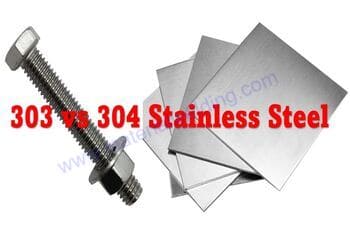
- 303 stainless steel has slightly lower chromium content than 304 (18% vs 20%). This gives it slightly reduced corrosion resistance compared to 304. However, it still has excellent corrosion resistance in most environments.
- 303 stainless steel has high carbon content and thus high hardness and tensile strength compared to 304 stainless steel.
- Due to high carbon content of 303 steel, its corrosion resistance is lowered than 304 steel.
- 304 stainless steel contains a higher percentage of nickel (8-10% vs 8-10.5%) than 303.
- 303 stainless steel mainly used for making fasteners while 304 grade is available in plate, pipe, bar, sheets, tubes and shapes.
303 versus 304 stainless steels Chemical Compositions
304 stainless steel contains a higher percentage of chromium and nickel than 303 stainless steel. This makes it more resistant to corrosion, but it also makes it more expensive.
Other main chemical composition difference is that 303 contains higher carbon than 304 grade. Thus 303 has higher tensile strength compared to 304.
Detailed chemical composition of 303 and 304 stainless steel are given in the below table.
| Element | 303 wt% | 304 wt% |
|---|---|---|
| Carbon | 0.15 max. | 0.07 max. |
| Chromium | 17.0- 19.0 | 17.5- 19.5 |
| Manganese | 2.0 max. | 2.0 max. |
| Silicon | 1.0 max. | 0.75 max. |
| Phosphorus | 0.20 max. | 0.045 max. |
| Sulphur | 0.15 max. | 0.030 max. |
| Nickel | 8.0- 10.0 | 8.0- 10.5 |
| Nitrogen | 0.10 minimum | 0.10 max. |
| Iron | Remainder | Remainder |
303 versus 304 stainless steels Cost
The cost of 303 versus 304 stainless steels can vary depending on the supplier and the amount purchased. However, 303 stainless steel is typically more expensive than 304 stainless steel.
The difference in price is due to the fact that 303 steel is mainly manufactured for machining applications.
Applications of 303 and 304 Stainless Steel
303 stainless steel is an austenitic chromium-nickel steel which can be used in applications where more extensive machining is required.
The addition of sulfur to 303 stainless steel makes it easier to machine than 304, while still providing good corrosion resistance. Additionally, 303 has better creep strength and can be used at higher temperatures than 304.
304 stainless steel is one of the most commonly used types of stainless steel. It is widely used in food processing, medical equipment, and construction.
Applications of 304 Stainless Steel
Here are some common applications for 304 stainless steels:
Food Processing: 304 stainless steel is often used in food processing equipment, such as sinks, bowls, and cutting boards. It is also used in commercial kitchens for storage racks, shelving, and prep tables.
Medical Equipment: 304 stainless steel is commonly used in medical equipment such as surgical instruments, hospital beds, and wheelchairs. It is also used in dental implants and other prosthetic devices.
Construction: 304 stainless steel is often used in construction for structural components, cladding, and roofing. It is also used for handrails, stairs, and door frames.
Oil & Gas: 304 grade stainless steel is most commonly used for piping and tubes used in oil & gas sector.
Applications of 304 Stainless Steel
Here are the common applications for 303 stainless steel:
1. Aircraft fittings and gears: 303 stainless steel is often used for aircraft fittings and gears due to its high strength and corrosion resistance.
2. Bushings: 303 stainless steel bushings are commonly used in automotive and industrial applications where they are exposed to high loads and corrosive environments.
3. Electrical components: 303 stainless steel is a good choice for electrical components due to its high electrical conductivity and resistance to corrosion.
4. Screws, nuts and bolts: 303 stainless steel screws, nuts and bolts are commonly used in construction and other applications where they are exposed to high loads and corrosive environments.
303 versus 304 stainless steels Machinability
303 has excellent machinability due to high sulfur content. It is easier to machine than 304. This is important because it means that 303 can be easily turned into products with a wide range of shapes and sizes.
303 stainless steel is known for its ease of machining. This is due to its high sulfur content, which helps to lubricate the cutting tools and prevent them from getting too hot. This makes it an ideal choice for applications where speed and precision are important.
304 stainless steel, on the other hand, is not as easy to machine. This is because it has a lower sulfur content, which can cause the cutting tools to get too hot and break down more quickly.
303 versus 304 stainless steels, which one is strong?
Comparing 303 and 304 stainless steel. So, which one is stronger? The answer is 303.
303 stainless steel has a higher carbon content than 304 steel, giving it a higher strength compared to 304 type. This makes it ideal for applications where strength is a key consideration.
However, 303 stainless steel is not as corrosion-resistant as 304 steel. This makes it less suitable for applications where durability is a key consideration.
Read more:

